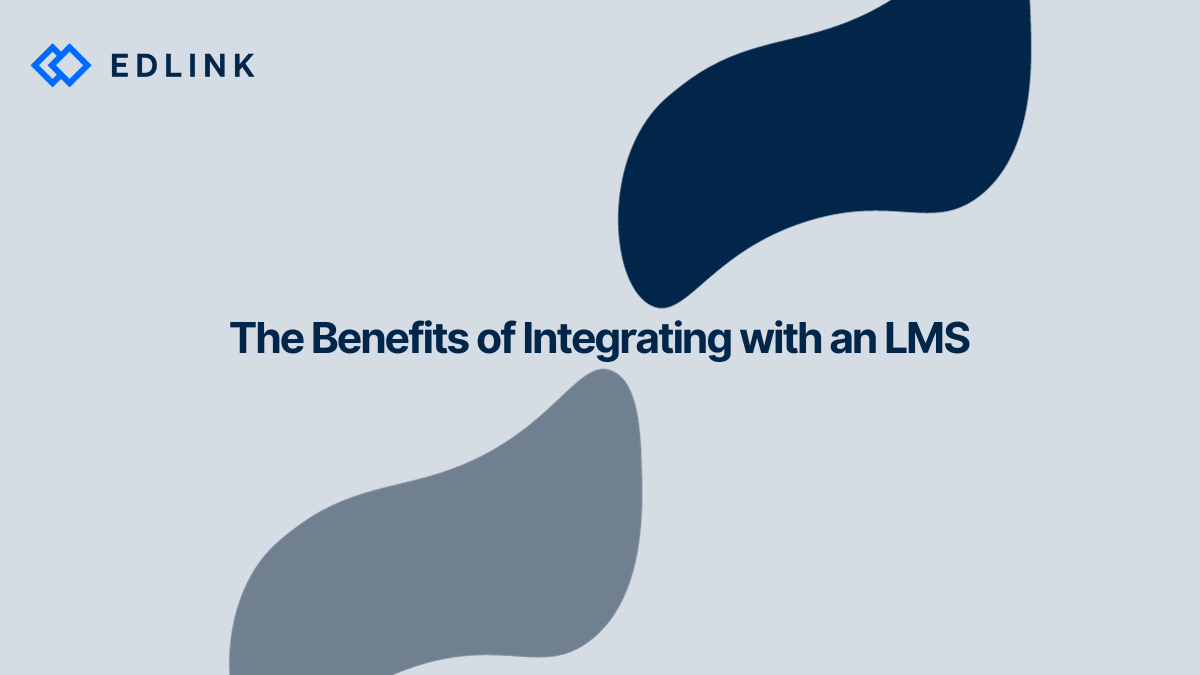According to the EdTech Top 40 report by Instructure, the 22-23 school year had 2,591 edtech tools used per district. Since the 19-20 school year, that number hasn’t dropped below 2,200 tools used per district. In the 22-23 school year, 2,591 tools break down to 42 unique edtech tools accessed per individual student, and 42 unique edtech tools are accessed per individual educator, too.
That’s a lot of tools to use and access. This spike in technology usage could also be a direct tie to why more learning institutions overall are asking for integrations – at least that’s what we attribute it to. LMS integrations can typically support 4 main ranges of functionality:
- Single Sign-On (SSO) - Identifies and authenticates users from a previous set of credentials which provides an easier log-in experience.
- Rostering - Creates classes, organizes enrollments, and manages other student data to eliminate the manual task of recreating accounts within the third-party platform.
- Assignment Sync - Pulls third-party assignments from one platform into another so users can easily access all of their assignments within one place.
- Grade Passback - Pushes grades to the LMS for assignments which eliminates the copy and pasting of grades in a third-party platform.
Ensuring that student data is accurate and updated across all systems is one of the most challenging tasks that learning institutions face. Entering this data for each system or application that a school uses individually is time-consuming and error-prone. Integrations allow for data to seamlessly flow between the LMS and other third-party products to decrease the errors that can occur with manual data entry along with adding time back to users.
Competitive Against Others
Besides the obvious benefit that integrations provide users, third-party products can also enjoy integrations – although in a different light. Because of the weight that integrations can have in some of the larger districts, integrations might make some products more competitive. 42 is a large list, but it is still small enough for products to have to fight for relevance and users within learning institutions.
Smoother Sales Process with Learning institutions
Speaking of fighting – it is also understood that products with integrations experience a more streamlined sales process. Imagine two products that provide the same inherent value, but one has integrations and the other one doesn’t. Though there isn’t any “hard evidence” to support this idea, the product with integrations would expect to have a smoother sales process since it can just say “yes” to the learning institution about integrations.
Higher Product Retention
Another clear benefit would be the “stickiness” of integrated products vs. non-integrated products. This “stickiness” refers to the ease of a learning institution to be able to replace a product. The more sticky a product is, the harder it is to remove from a learning institution’s edtech product list, which is probably because of the integrations the product can perform. Other products that aren’t as sticky might not have as many integrated features and can easily get outperformed by others that can host more integrated features.
*article last updated | 11.15.23
Read More on Integration
Here are other articles we’ve written on building integrations to help you on your journey:
- What to know about Single Sign-On for Education
- Single-tenant vs Multi-tenant: What’s better for your app’s security
- Case Study: Schoolrunner
- Why would I Work with Edlink Instead of Just Building My Own LTI Application?
- District Onboarding with Edlink
Learn More about Edlink
If you're looking for a partner who can help guide you through developing LMS integrations (like these), then let’s introduce ourselves. We’re Edlink!

